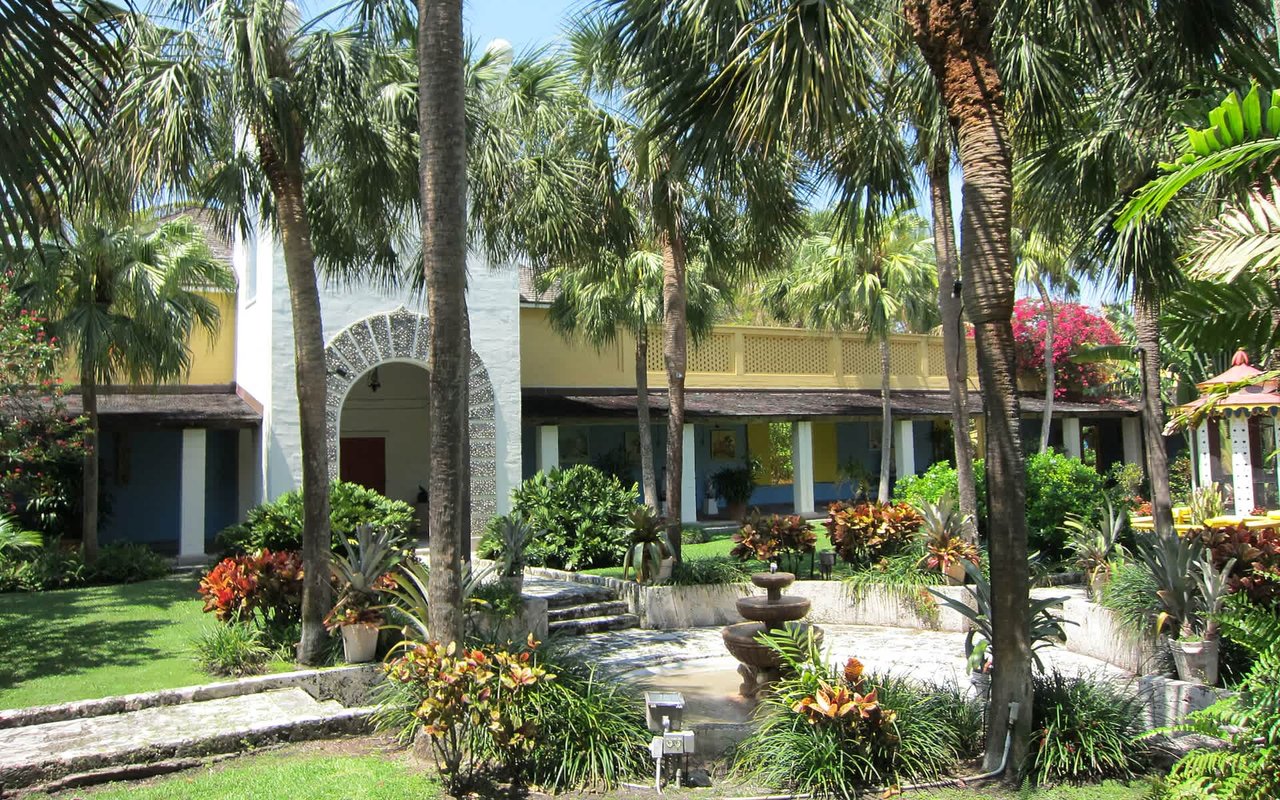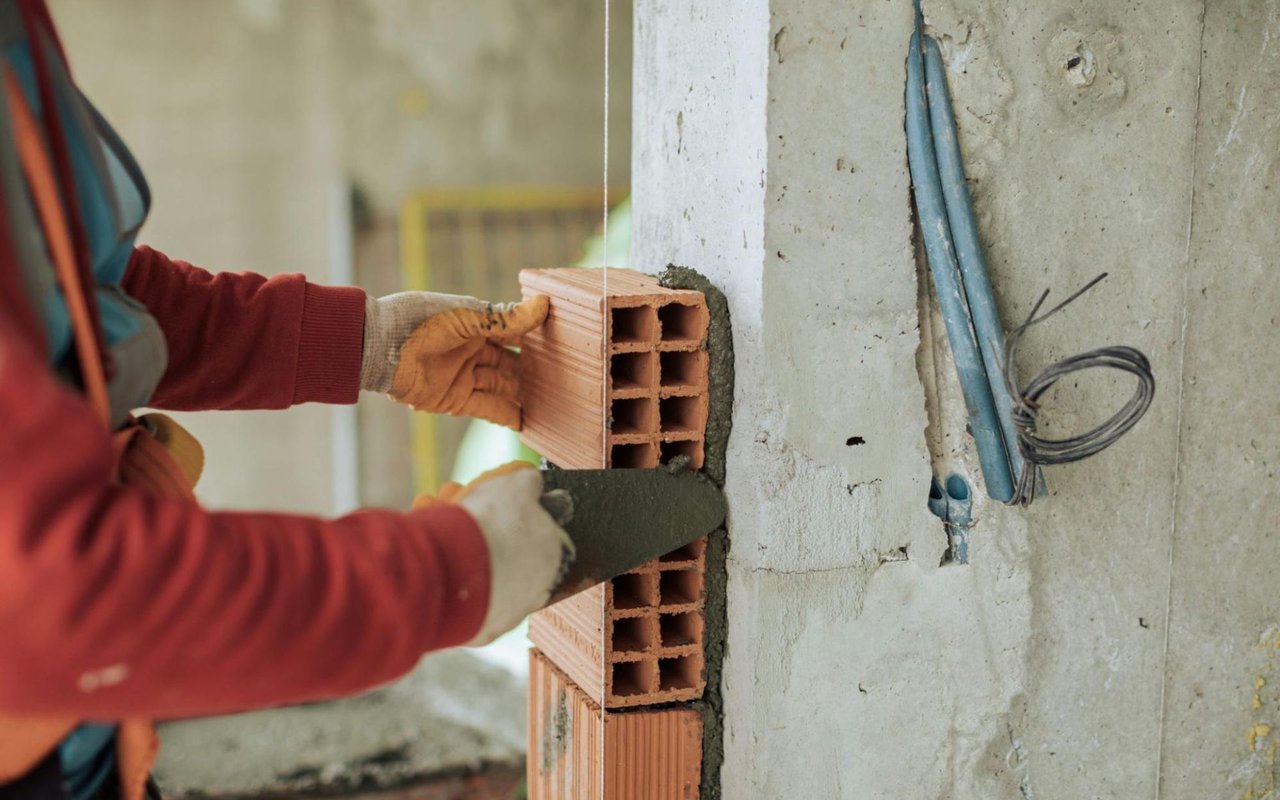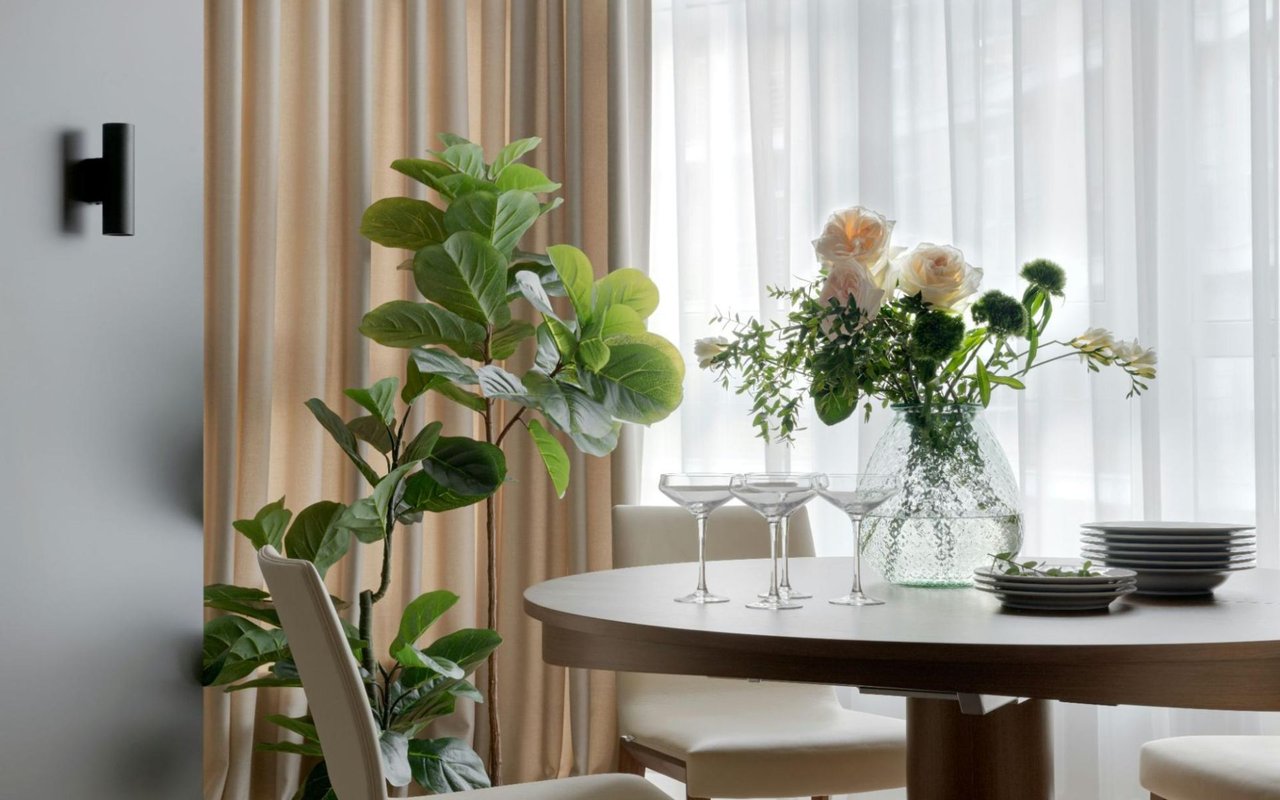More than just a city with great beaches, Fort Lauderdale boasts an array of stunning architectural landmarks that reflect its rich history and contemporary charm. For potential homeowners and investors, understanding the architectural landscape of Fort Lauderdale can provide insight into the character and value of the local real estate market. This article dives into some of the city's most iconic structures, highlighting their historical significance and architectural brilliance.
Bonnet House Museum & Gardens
Visitors to the Bonnet House are greeted by vibrant gardens, lush courtyards, and whimsical art pieces that reflect the Bartletts' eclectic tastes. The house's design emphasizes open spaces and natural light, creating a serene environment that contrasts with the bustling city outside its gates. As a preserved historical landmark, Bonnet House offers a glimpse into the early 20th-century lifestyle of Fort Lauderdale's elite, making it a key highlight in the city's architectural narrative.
Stranahan House
Architecturally, the Stranahan House exemplifies Florida's vernacular style, characterized by its wide verandas, high ceilings, and extensive use of local materials. These design elements were not only aesthetically pleasing but also practical, providing natural ventilation in the pre-air conditioning era. The house's historical significance and its well-preserved condition offer valuable insights into the early days of Fort Lauderdale and the lifestyle of its pioneer settlers.
Riverside Hotel
The Riverside Hotel has long been a favorite among visitors and locals alike, offering luxurious accommodations and a prime location near the city's shopping and dining hotspots. Its enduring charm and historical significance make it a standout in Fort Lauderdale's architectural landscape, embodying the blend of luxury and tradition that defines the city.
The Parker Playhouse
With its grand facade, elegant interiors, and state-of-the-art facilities, the Parker Playhouse has become a cultural cornerstone, hosting a wide range of performances from Broadway shows to local productions. The building's architecture not only enhances the aesthetic appeal of Fort Lauderdale but also underscores the city's commitment to nurturing the arts and providing residents with enriching cultural experiences.
New River Inn
Today, the New River Inn serves as a museum, offering visitors a window into the city's early 20th-century history. The building's architecture, characterized by its simplicity and functionality, reflects the practical needs and resourcefulness of Fort Lauderdale's early settlers. Its preservation as a museum ensures that future generations can appreciate and learn from the city's rich architectural heritage.
Las Olas Boulevard
Walking along Las Olas Boulevard, you can observe a variety of architectural styles, including Art Deco, Mediterranean Revival, and Modernist influences. This diversity highlights the city's dynamic growth and the blending of old and new that characterizes Fort Lauderdale's architectural landscape. The boulevard's vibrant atmosphere and eclectic architecture make it a focal point for both residents and visitors.
Contact The Meza Group
*The Bonnet House, Header photo courtesy of WikiMedia Commons






